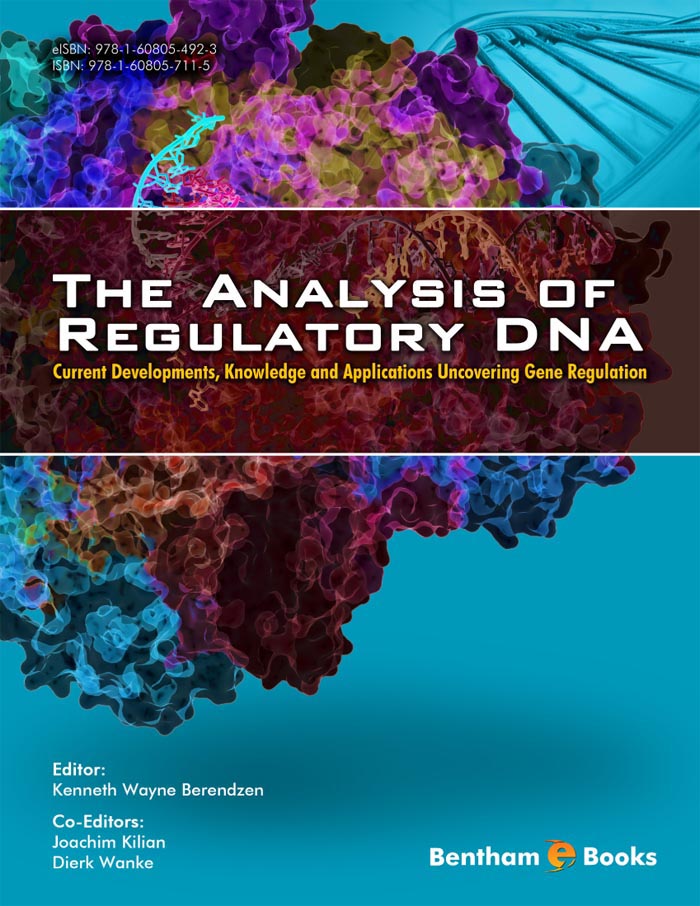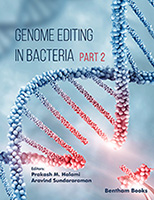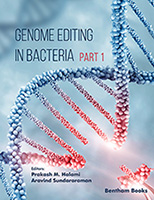This book is a collaborative contribution to summarize and illustrate current understandings of eukaryotic transcription. Although it is impossible to cover the entire field of eukaryotic transcription, the book strives to capture both basic and novel insights concerning what is currently known. The book gives background information to all known fields of study that influence the regulation of gene transcription from the basic machinery, transcription factors, miRNAs and chromatin as well as providing wetlab and drylab state-of-the-art methods chapters. To this aim, some chapters include novel data is also presented in some chapters as case-studies for underpinning alternative perspectives. Furthermore, there are chapters aimed at those studying connections between transcription factors and their cognate cis elements either from the cis element side or from the transcription factor side.
As a scientist and editor of this book, I am extremely proud and grateful to those that have made it possible. The authors who contributed to this book are from all over the world. Their willingness and perseverance have made it a joy and a rewarding experience. In fact, I have not met many of the authors face-to-face, and it is a great trust and respect they have given me for managing such a project. I am pleased and honored that they have keep to the task, have endured the email traffic over the last three years, and have been committed to seeing this through. In Chapter 1, I have tried to summarize transcription in a nutshell – a particularly difficult task considering the complexity, detail and the vastness of this research field. Transcription is not only a necessary precursor to produce a protein, but it is the regulation and control of gene expression that leads to and is determined by network communication dynamics. One of the basic insights into regulation has been with the discovery and characterization of core-promoters. This topic was approached by Dóra Szakonyi and I in Chapter 2, both as a review and a demonstration of a plant core-promoter that sits within the second intron of a gene, an phenomenal example of intron-mediated enhancement.
The basics of chromatin-based regulation are concisely addressed by Audrey Vincent and Isabelle Van Seuningen in Chapter 3. In addition to explaining the complexity of the histone code, they have complied an extensive reference table of human chromatin-modifying enzymes. Jianzhen Xu and colleague address in Chapter 4 the miRNA biogenesis and its significance in animals and plants. In addition, they include useful collections of online resources for metazoan and plant miRNAs. Castillo and co-workers in Chapter 5 provide a splendid introduction to phylogenetic footprinting and walk us through how to perform an analysis and underpin this with two case-study examples from their own research. Chapter 6 (Brand and co-workers) addresses similar and different approaches to the analysis of protein-DNA binding in vitro and in vivo and features the DPIELISA technique, which has been used by Luise Brand to explore the differential binding of WRKY11 and WRKY50 DNA-binding domains to variant W-boxes.
Chapter 7 by Nicolas Jonckheere and Isabelle Van Seuningen is an excellent summary and example of where animal and plant science are nearly indistinguishable: the techniques used to study of transcriptional regulation in vitro. Here, he summarizes reporter, inducible and synthetic promoters used to study basal regulation and how they are implemented as engineering tools. Usadel and co-workers in Chapter 8 provide the reader with an introduction to basic informatic techniques used to look for known and unknown cis elements is strings of DNA, a must, for any book that would like to underpin the importance of gene regulation by transcription factors. In their outlook, they also give a suggestion at other methods for looking for cis elements that will be incorporating highthroughput sequencing data from multiple samples and multiple species.
In Chapter 9 Dirk Walther precisely and quaintly presents the background and actual bioinformatic approaches needed to study the combinatorics and cooperativity of cis elements. Cooperative cis elements are also known as regulatory modules and are now the desired target of many informatic studies, especially those studies that look at many stimuli or species. He also provides the reader with some selected tools and online resources for the detection of modules to get a laboratory researcher kick-start. Finally, Chapter 10 by Nina Fischer and Oliver Kohlbacher explain and look at how to model DNA-protein interactions by computational methods in silico. This exciting approach allows a researcher to study these physical interactions at an atomic level leading to unprecedented insights into molecular dynamics. Their well-written chapter not only gives the reader the essential background into what techniques are being used, but discuss both the pros and cons of various techniques with plenty of examples, both from published and their own previously unpublished work. Additionally, they look at WRKY DNA-complexes of WRKY11 and WRKY50 via homology modeling providing clues at different specificities and putative functions of WRKY proteins.
I would like to thank all the authors, including those I directly and indirectly interacted with. This has been, for me personally, a very rewarding growth experience. The books itself is a small compendium that can be broadly referenced for background knowledge and methodology for studying gene transcription and I will definitely be referring to it myself and use it for teaching students. I would also like to thank Bentham Science Publishers Manager of Publications Aniza Naveed. She has been extremely patient with my enquiries, requests, and the speed of which I took to complete the entire project, making it possible to sculpt the book into a form that is both intellectually and optically pleasing.
I would like to thank my wife, Virtudes Mira Rodado, for her patience with me and the entire project. Apparently writing a book or even editing a book is still a daunting process and many nights that could have been spent relaxing were converted into the knowledge, text, comments, and figures to create this work.
I hope that this peer-reviewed book provides a good starting point for both attaining a basic foundation in gene transcription for entry level students, students active in the laboratory and established researchers by providing provocative assessments of what is known today about eukaryotic transcription.
Kenneth W. Berendzen
Center for Plant Molecular Biology (ZMBP)
University of Tübingen
Germany





